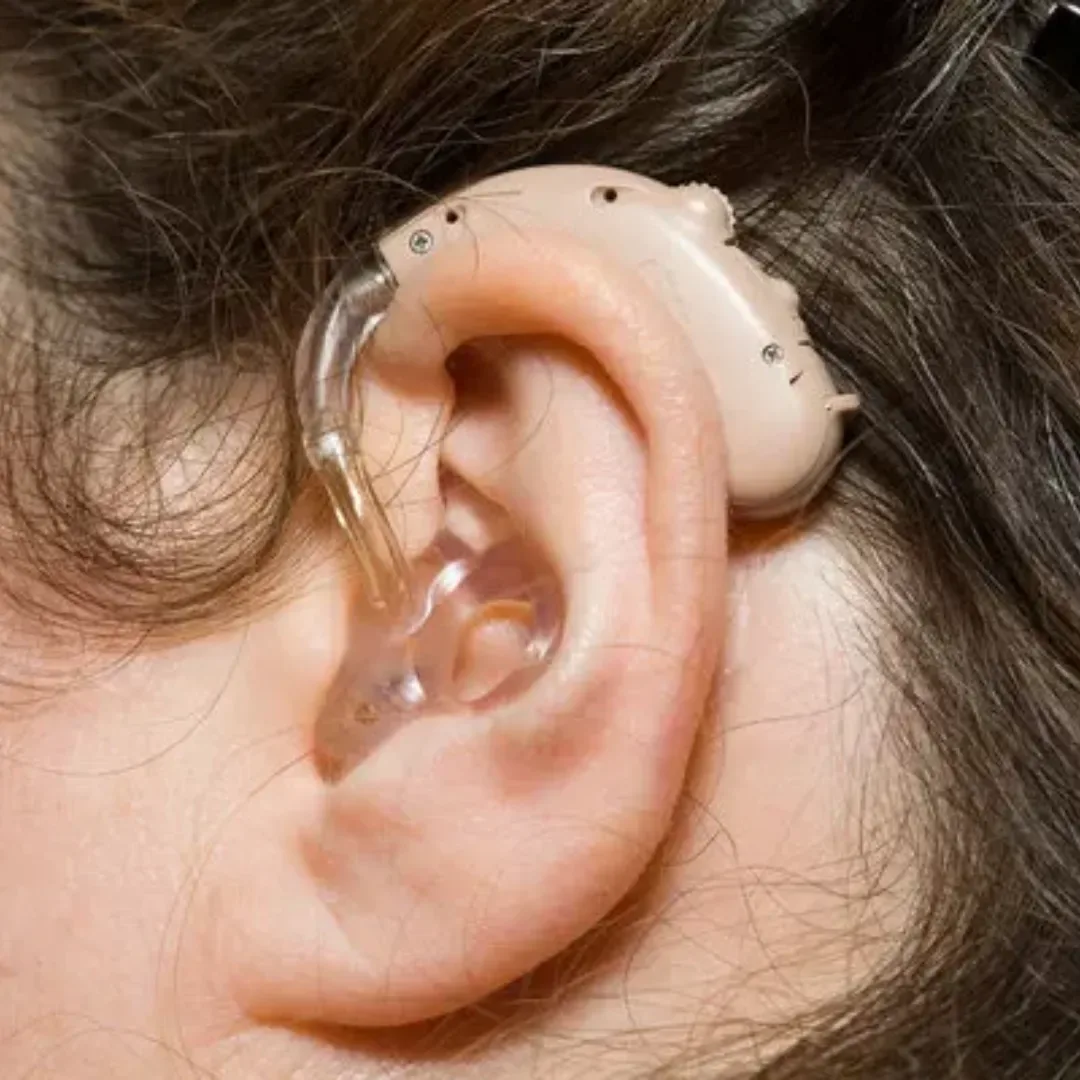20
Developed in collaboration with researchers at Ohio State University in the US, this sensor is a promising alternative communication method for them that listen to less.
Guwahati: Researchers from IIT Guwahati have developed an underwater vibration sensor that will clearly hear the listeners. IIT Guwahati said on Monday that this sensor, developed in collaboration with researchers of Ohio State University in the US, is a promising alternative communication method for them that listen to less and are unable to use a traditional voice machine. This sensor helps users to operate smart devices including mobile phones and home appliances through voice commands. However, this is a technical boon for those who listen to low voice. To overcome this problem, the research team has discovered a solution by focusing on leaving air through the mouth while speaking.
Use of deep learning models
In such cases where a person cannot generate sound, air flow is produced from his lungs on trying to speak. When this air flows on the surface of the water, it produces subtle waves. The research team has developed a underwater vibration sensor that can detect these water waves and explain speech signals without depending on the audio voice. IIT Guwahati has stated that the developed sensor is made up of a conductor, chemically reactive porous sponge. When it is placed just below the air-water interface, it catches the subtle disturbances produced by the breath and converts them into measable electrical signals. The research team has used Convolution Neural Networks (CNN), which is a type of deep learning model, to accurately identify these micro signal patterns.
Easy is the use of the device
This setup allows users to communicate with devices from far away without generating sounds. It is quite easy for users to use this device. Research findings have been published in a magazine called Advanced Functional Materials. Professor Uttam Manna, who was part of the research team, said that it is one of the rare designs of the material which generates a voice on the water wave on the air/water interface due to leaving the air from the mouth. IIT Guwahati has said in a statement that at the laboratory level, the cost of working prototype is Rs 3,000. IIT Guwahati said that the cost of the final product is expected to be reduced. Some of the major features of developed sensors include AI-managed interpretation and hand-free control of smart devices using CNN.
Also read: Mumbai local will get ‘Kavach’ security, all suburban trains of Western Railway will be implemented


